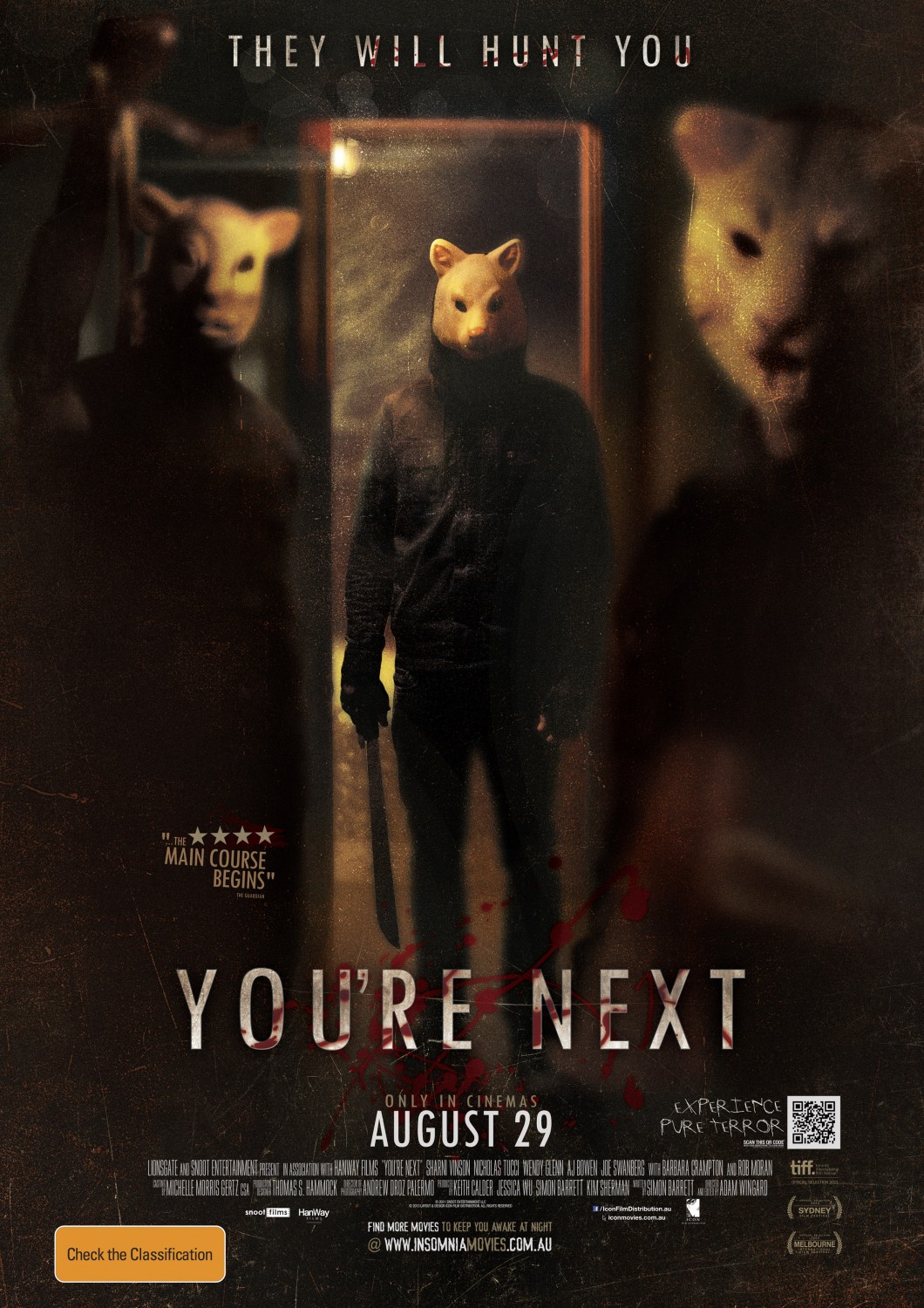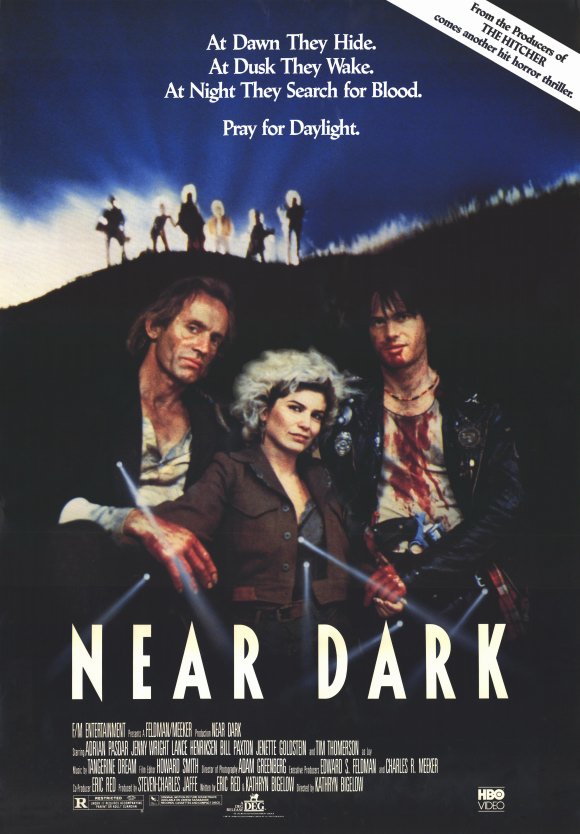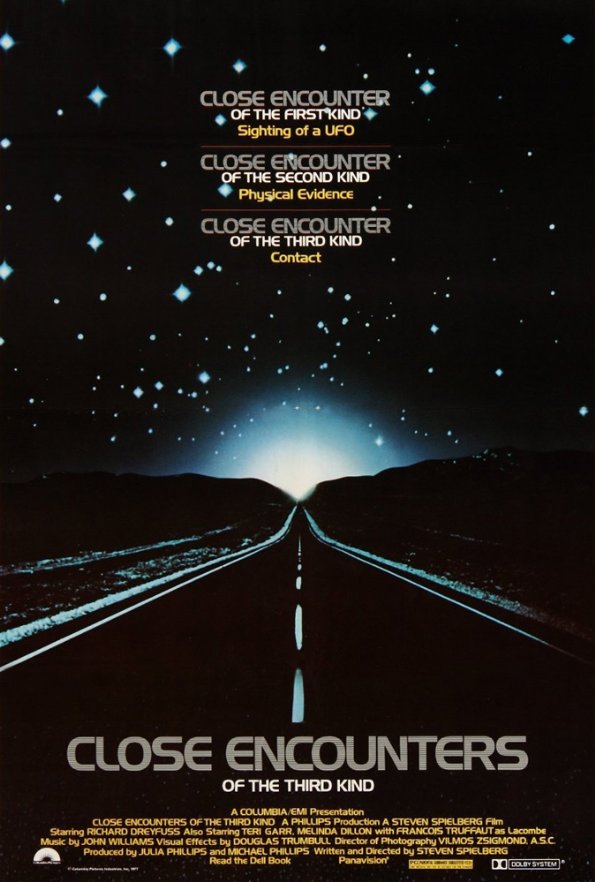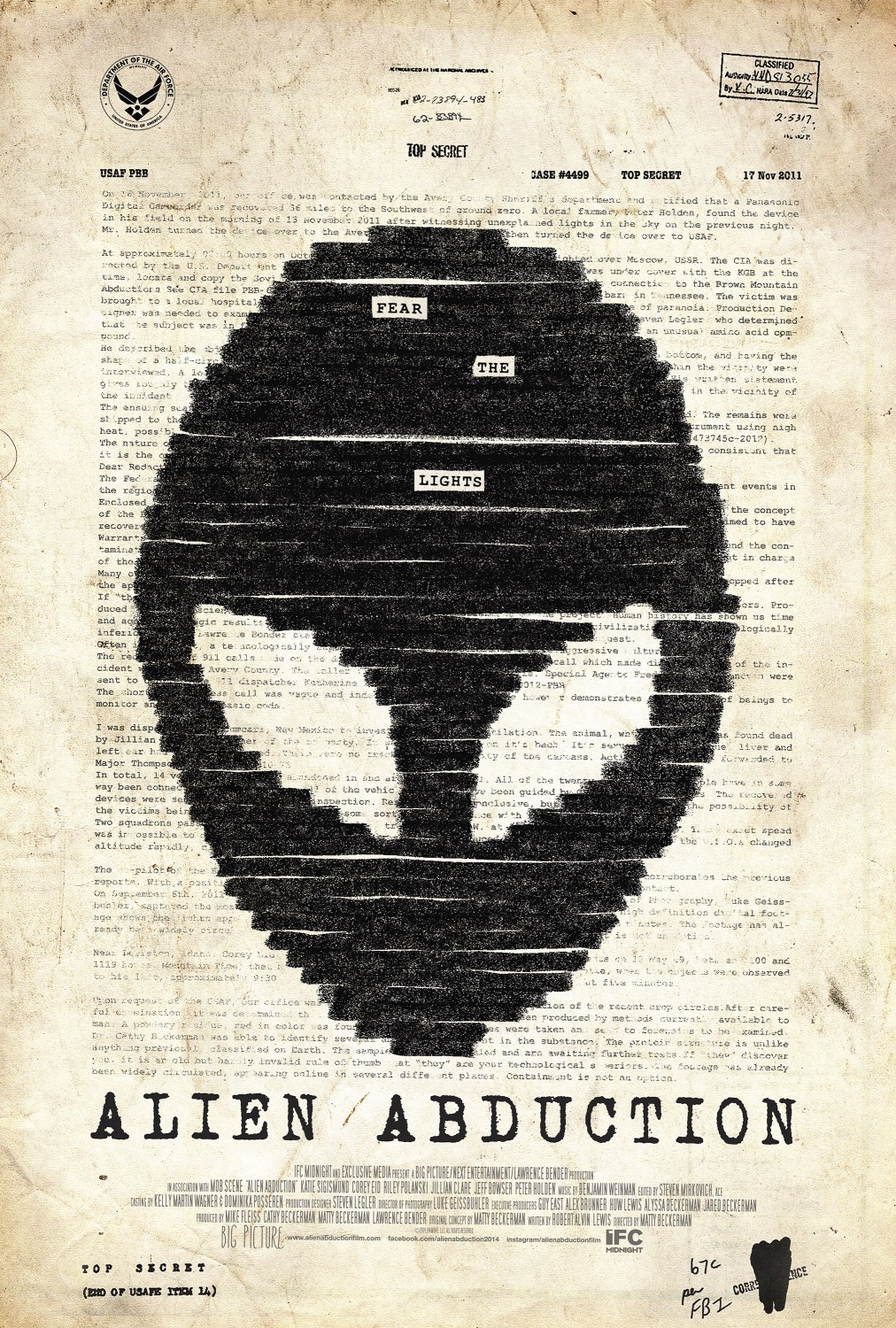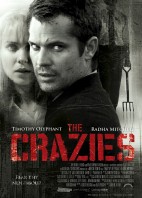SYNOPSIS
Halloween begins with six-year-old Michael Myers killing his seventeen-year-old sister, Judith, on Halloween 1963. He is subsequently hospitalized at Smith’s Grove Sanitarium. Fifteen years later, Michael escapes and returns to his hometown where he stalks the people of Haddonfield, Illinois.
THE PSYCHIATRY OF HALLOWEEN
Michael Myers serves as a case study of Conversion Disorder, a type of somatic symptom disorder. The common feature of the somatic symptom and related disorders is the presence of physical symptoms that suggest a general medical condition. The symptom or deficit (e.g. mutism) is not fully explained by a) a general medical condition (e.g. aphonia), b) the direct effects of a substance or c) another mental disorder. Following the murder of his sister, Michael loses his ability to talk. Through the entire franchise which includes the original film, seven sequels and two remakes, Myers doesn’t utter a single word. There is no physical explanation for his motor deficit. His violent behavior may therefore be interpreted as non-verbal communication resulting from the defense mechanism; acting out. The film and its many reproductions are illustrations of a conversion reaction stemming from the trauma of murdering his sister.
The film is similar to other slasher movies such as Friday the 13th and Scream (52in52, 2/13/15 and 6/26/15) in that it reflects the prohibitions against “inappropriate babysitting.” Judith Meyers’s fate is the consequence of her having sex with her boyfriend when given the responsibility of supervising her younger brother (the stuff urban legends are made of). To this end, Michael is referred to as the Bogeyman throughout the film.
An interesting subplot of the film is that there are multiple references made to deviant sexual behaviors (paraphilias). When Michael first returns to Haddonfield, he stalks Laurie Strode. Stalking is a variant of voyeurism/voyeuristic disorder. While its motivation (sexual fantasies or urges) is unclear, Michael’s stalking behavior clearly results in Laurie’s mental distress. Later in the movie, Tommie hides behind the curtains to scare Lindsay www.sites.google.com/view/freemusicallyfollowers when he sees Michael across the street carrying the body of his dead sister. The scene has voyeuristic undertones, and is similar to movies depicting peeping toms as key eyewitnesses to murder (Disturbia, Mr. Brooks, The Burbs). In another early scene, a reference is made to an obscene phone call. Telephone scatologia is a variant of exhibitionism/exhibitionistic disorder which centers on the need to expose one’s genitals to other people (typically strangers caught off guard) in order to achieve sexual satisfaction. With this subversive context, it’s no mistake that the sexually-inhibited Laurie is the only teenager to survive Michael Meyers’ vengeful rampage.
Last week’s movie: The Crazies (2010)
Next week’s movie: You’re Next (2011)

